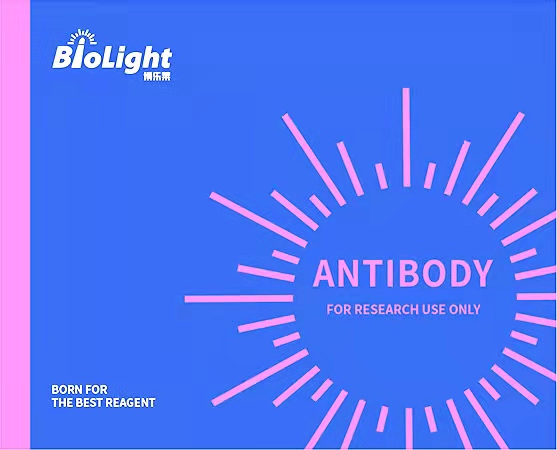
Anti-NGF Antibody, Rabbit Polyclonal
产品编号:PA00810HuA10
$ 询价
规格 50uL 100uL 200uL
产品名称:Anti-NGF Antibody, Rabbit Polyclonal
经验证的应用:/
交叉反应:/
特异性:human NGF
免疫原:Recombinant human NGF protein, fragment Ser122~Ala241; UniprotKB: P01138
制备方法:Produced in rabbits immunized with human NGF, and purified by antigen affinity chromatography.
来源:Polyclonal Rabbit IgG
纯化:Immunogen affinity purified
缓冲液:Supplied in PBS, 50% glycerol and less than 0.02% sodium azide, PH7.4
偶联物:Unconjugated
状态:Liquid
运输方式:This antibody is shipped as liquid solution at ambient temperature. Upon receipt, store it immediately at the temperature recommended.
储存条件:This antibody can be stored at 2℃-8℃ for one month without detectable loss of activity. Antibody products are stable for twelve months from date of receipt when stored at -20℃ to -80℃. Preservative-Free. Avoid repeated freeze-thaw cycles.
别称:NGFB, Beta-NGF, HSAN5, NGF-B, Beta-Nerve Growth Factor
背景信息:beta-NGF. NGF was discovered as a molecule that promoted the survival and differentiation of sympathetic and sensory neurons in the peripheral nervous system (1). In addition, beta -NGF can act in the central nervous system as a trophic factor for basal forebrain cholinergic neurons (2). beta -NGF has also been shown to have biological effects on a variety of neurons, glia, and nonneural cells (3). NGF was initially isolated from the mouse submandibular gland as a 7S complex composed of three non-covalently linked subunits, alpha, beta, and gamma. It is now known that both the alpha and gamma subunits of NGF are members of the kallikrein family of serine proteases while the beta subunit, called beta -NGF, exhibits all the biological activities ascribed to NGF (4 - 5). Recombinant mouse beta -NGF is a homodimer of two 120 amino acid polypeptides. It shares approximately 90% homology at the amino acid level with human beta -NGF and 95.8% with rat beta -NGF (6).NGF is the first member discovered in the Neurotrophin family, which includes brain-derived neurotrophic factor (BDNF), neurotrophin-3 (NT-3), and neurotrophin-4 (NT-4). NT-6 and NT-7 were also identified in fish (7, 8). Biological activities of the NGF family are mediated through binding and activation of two types of receptors, TrKs (TrKA, TrKB, and TrKC) and NGF receptor. TrKs are single-pass membrane proteins belonging to the receptor tyrosine kinase family. The neurotrophins bind to TrKs specifically. NGF is specific for TrKA, BDNF and NT-4 for TrKB, and NT-3 mostly for TrKC. NGF receptor is a TNF receptor superfamily protein that binds to all the neurotrophins with similar affinity (9). TrkA is often referred to as the high-affinity receptor. However, most high affinity binding is mediated by the interaction of NGF receptor with TrKA. Both NGF and its receptors are expressed during development, adult life and aging in many cell types in CNS and PNS, immune and inflammatory systems. NGF signaling has been shown to play an important role in neuroprotection and repair (3, 10).
全称:Beta-nerve growth factor (NGF)
说明书:待上传

